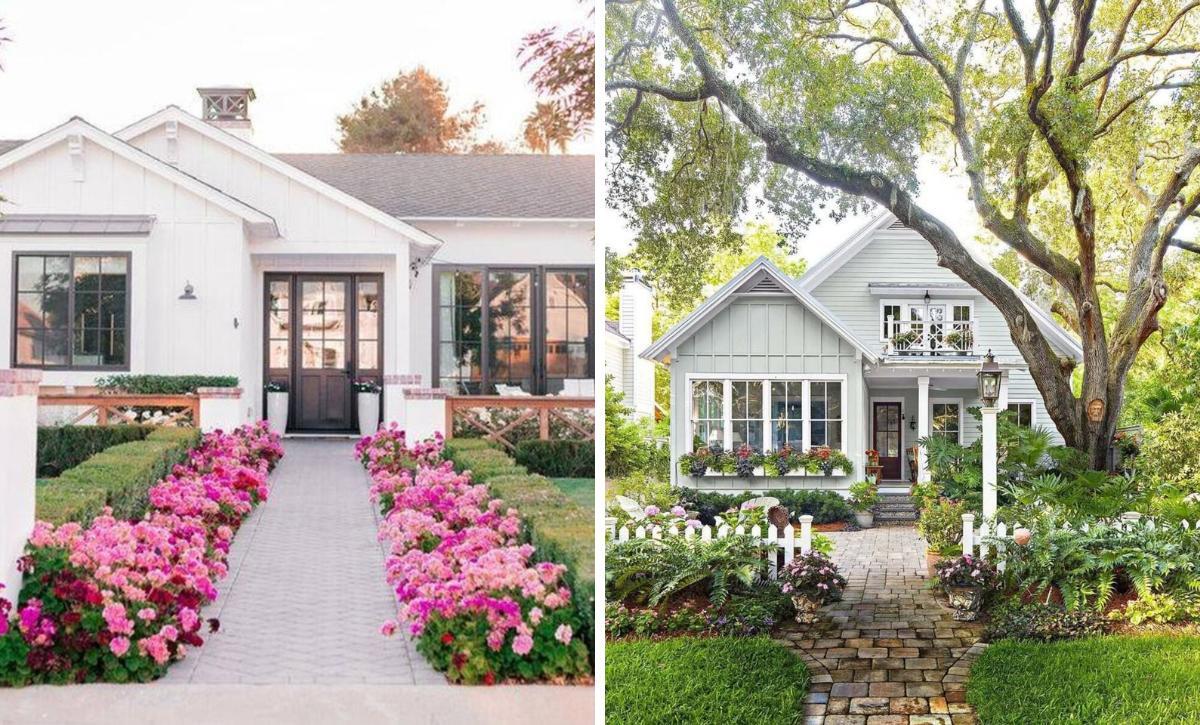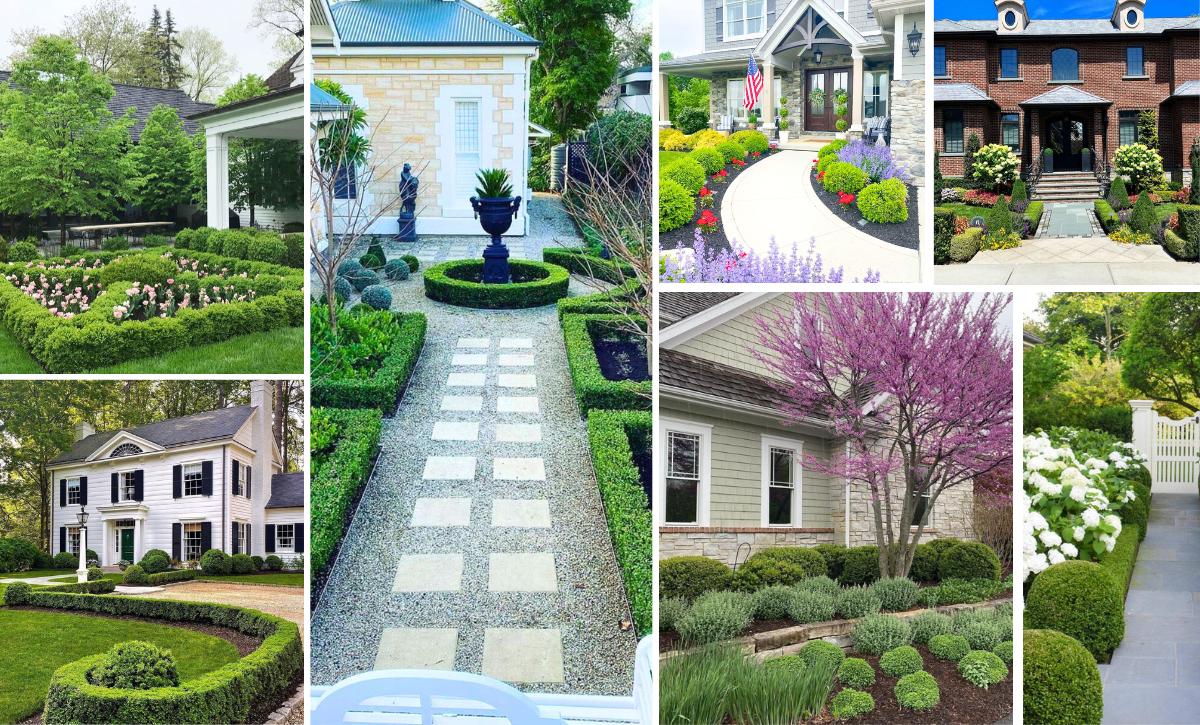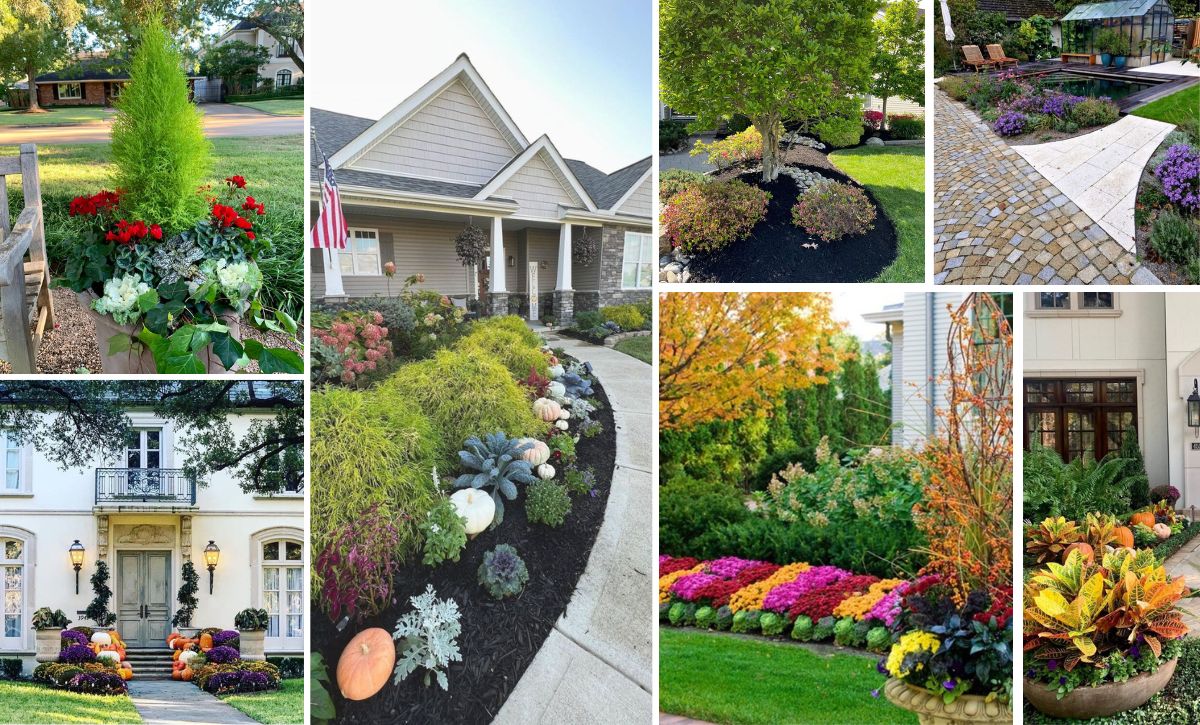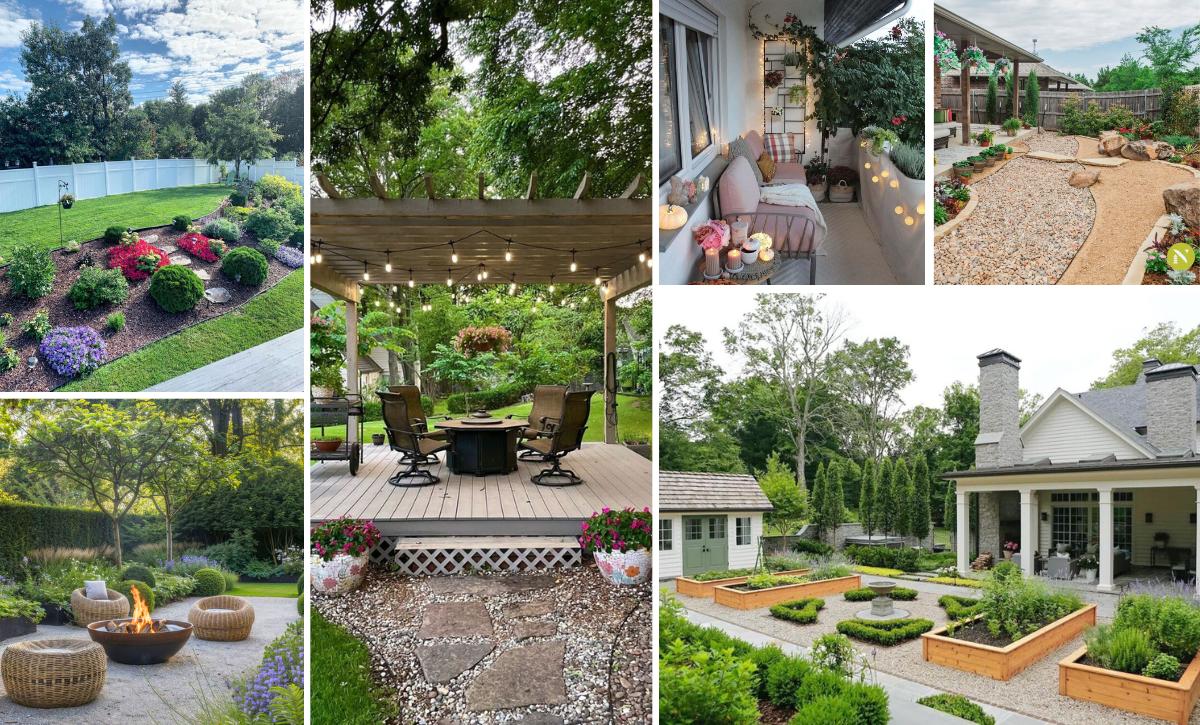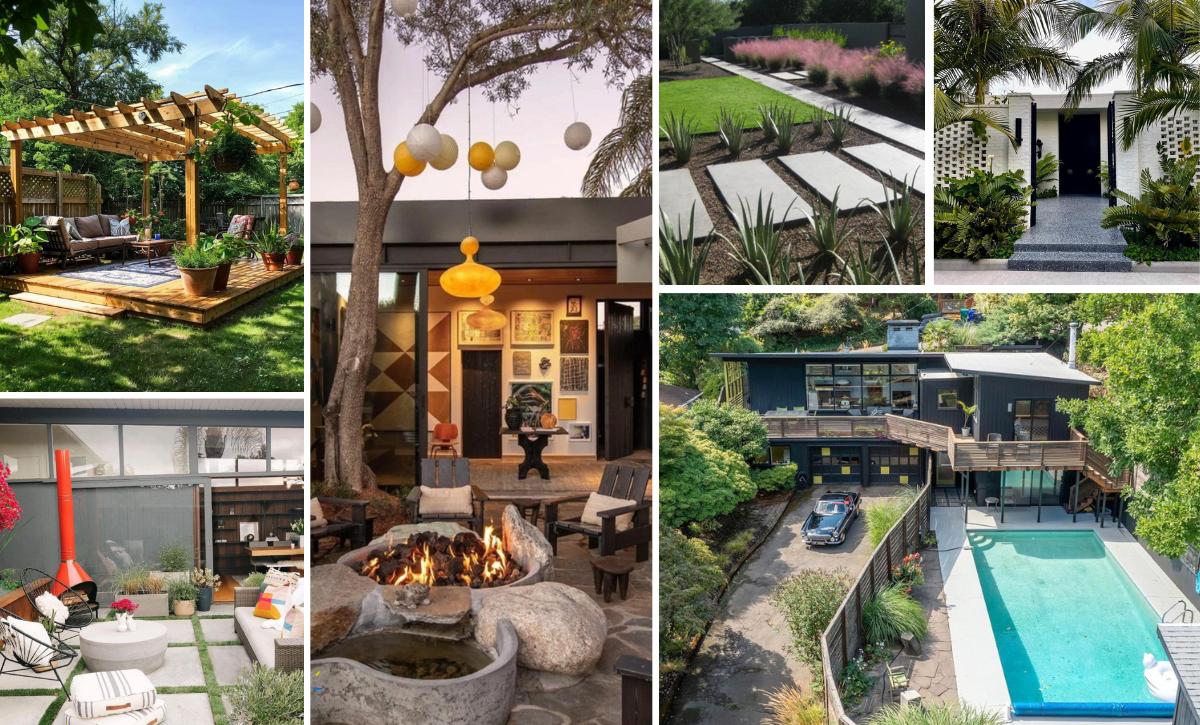The outdoors is the perfect place to relax, whether it’s enjoying the evening breeze or creating memorable moments with your friends or family.

While they are the ideal place to literally “touch some grass,” no matter how well you landscape your yard or style your garden, you’ll always need conscious improvements and refreshment of the space to break the monotony or switch between different themes.
For most people, redoing their exteriors every now and then is an expensive, not to mention a tedious undertaking. But the good news is that there are plenty of simple and inexpensive ways to transform their spaces.
Here are some expertly proven methods to fake an outdoor renovation.
Take a look!
1. Start with the Landscape

Curb appeal is all about introducing new items to your outdoor space. Sometimes, the best way to improve the look of your surroundings is to handle the landscape. You don’t need to introduce new plants or add décor to the space (that won’t hurt, though).
Start with the simple things, like trimming and maintaining the plants in the area. Tidiness can go a long way in making a yard look fresh and revamped, so clear the space of any dead leaves and branches.
Remember to edge the beds as well. Each time I make clear, defined edges, my garden always looks new. The good news is you don’t need a great deal of skill to do it yourself! Simply use a hand-held edger or shovel to create straight lines and curves when necessary; trust me, it doesn’t take a lot of effort.
2. Patch Bare Spaces
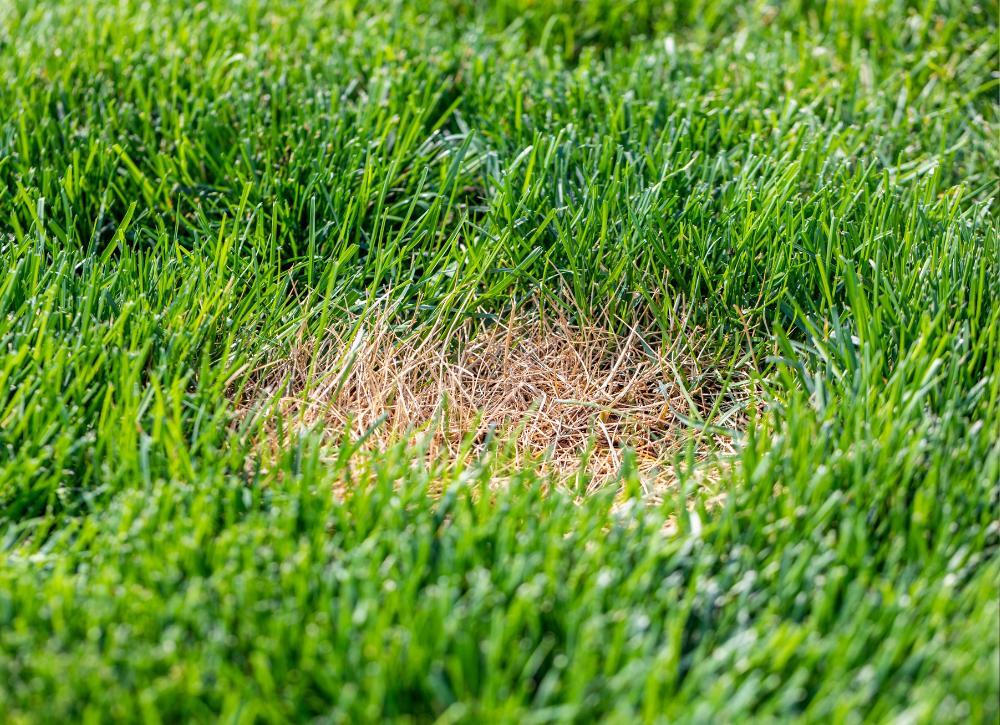
People often ignore the impact of bald spots on their yards. While they may seem to only affect the outdoor look of your property, studies have shown that they have a far-reaching impact on people’s perception of your home.
They make your house look old and neglected, which can be especially detrimental when looking to rent or sell the property. Additionally, they considerably lower the aesthetic appeal of your property. Touching up any bald pots in your yard is one of the easiest ways to make your outdoors look renovated.
Get some seeds, sods, or straws, and fill out any spotted areas. Ensure you use the same type of grass as before to give the space a uniform look. I always look to fill bald spots during growing seasons, such as summer or late fall, to give the grass enough time to root.
3. Disguise Garbage Cans
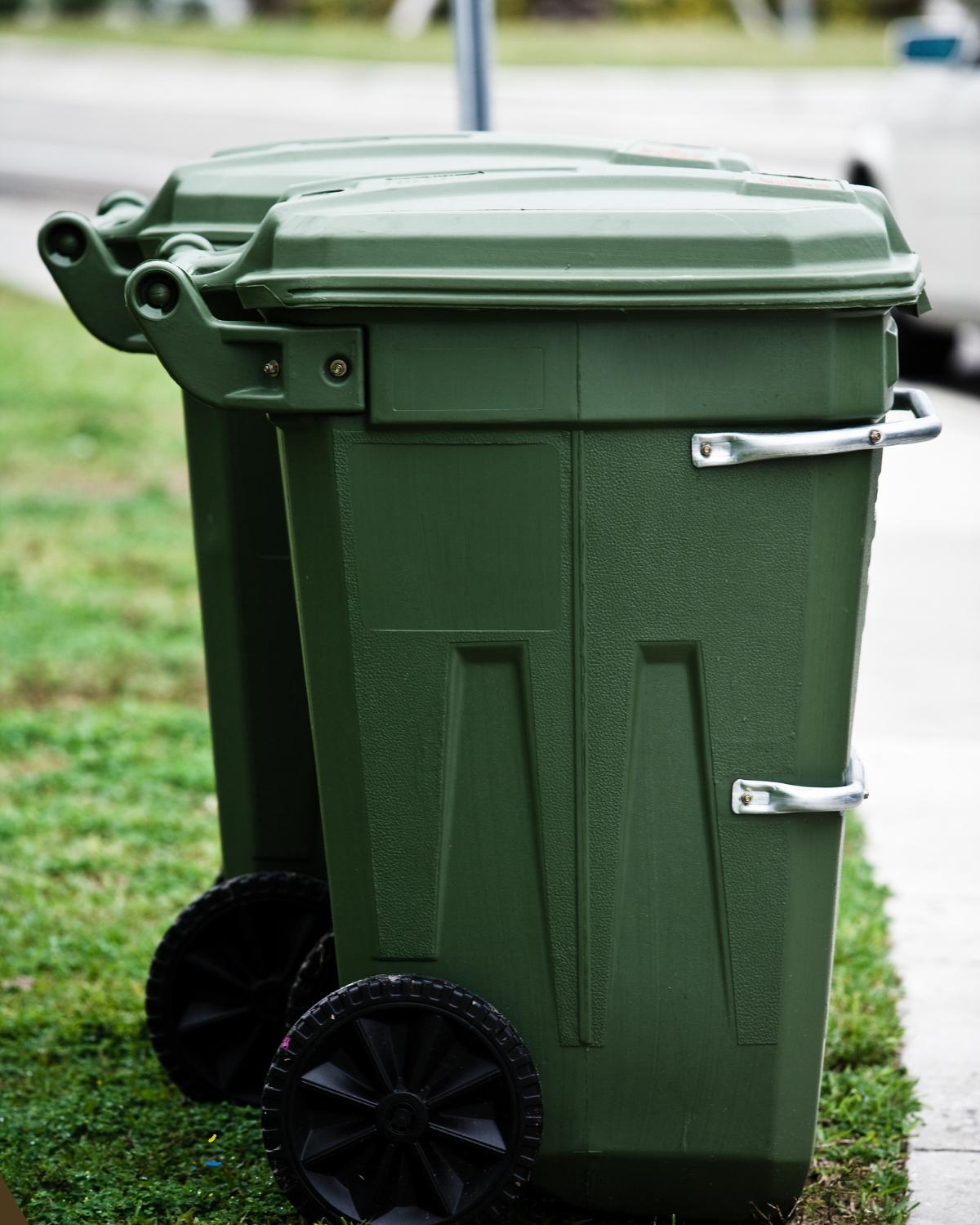
Most of the time, when chilling outdoors, people tend to forget to clean up after themselves or be tidy, and small pieces of paper, peelings, and other waste materials may pile up in no time. If your space doesn’t have the proper disposal methods, these seemingly harmless pieces of dirt can quickly become a nuisance and make your outdoors unsightly.
The solution is simple: go for DIY garbage cans, which are inexpensive and highly effective in hiding garbage. You can even be creative with the solution by installing cans for different types of waste and then adding a privacy screen using wood pallet boards for an inconspicuous, modern look.
One simple way I disguise my garbage cans is by painting them with interesting shapes and characters so that they act as part of the outdoor décor.
4. Tweak the Lighting

Lighting isn’t just important inside; when creatively installed, it can also make a difference in your outdoor space. When it comes to this aspect of outdoor renovations, it’s common for people to look at flashy lighting or store-bought outdoor lighting fixtures.
However, these options are usually costly, so if you’re operating on a tight budget, they aren’t the best. To keep the reno costs minimal, repurpose old interior lights that aren’t in use. These lights can add a warm, inviting atmosphere without burning a hole in your pocket.
I recently repurposed some old string lights I was using as Christmas décor for my garden pergola, and I have to admit, it has really livened up the space. Try to minimize the costs by using solar-powered lights wherever necessary. You can also try portable lights that you can move inside in case of bad weather.
5. Take Care of the Damage
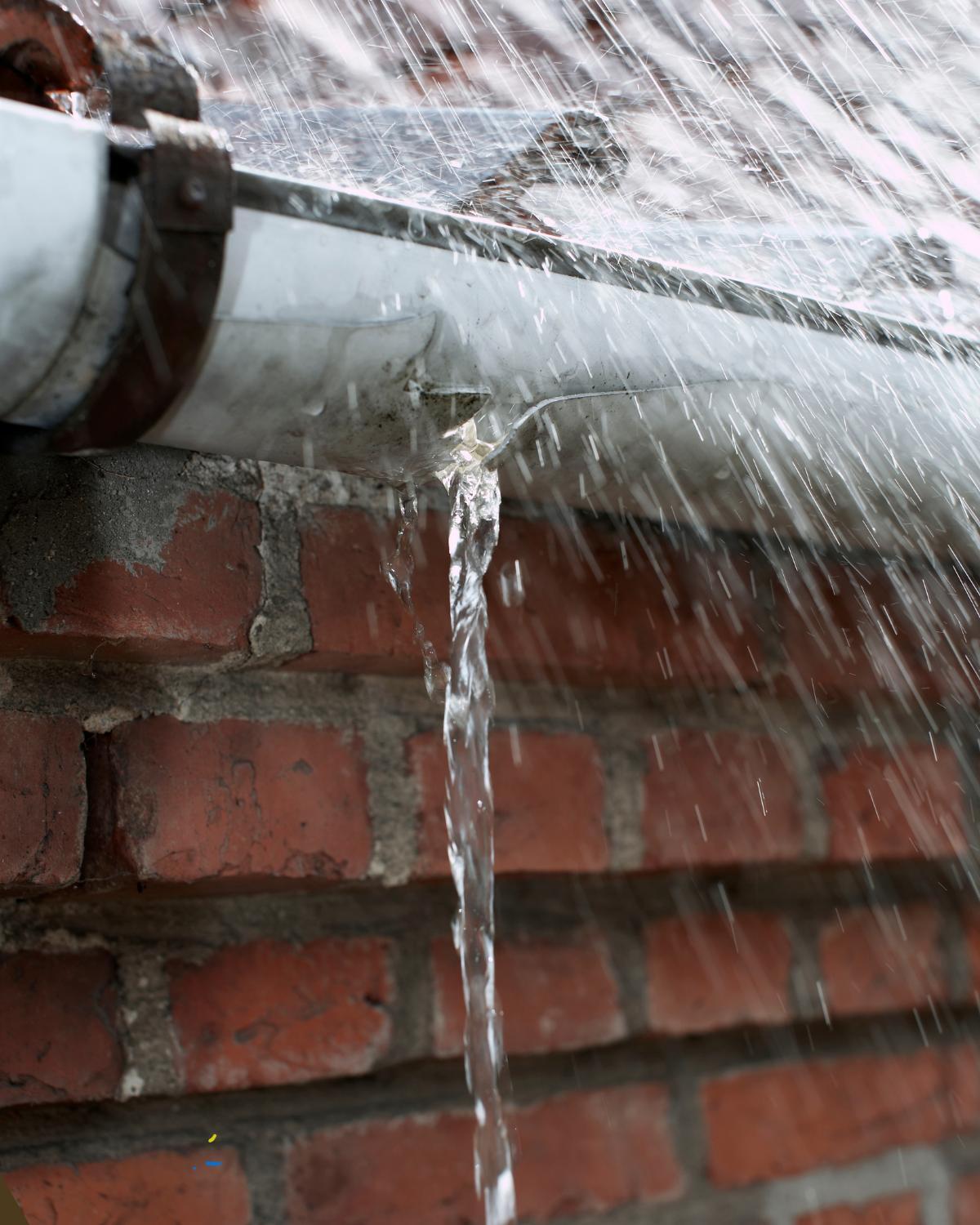
Your renovation won’t do much to your exterior if your space has damaged elements like fascia, gutters, drainpipes, and other non-structural elements.
Before jumping on a renovation, ensure all these items have been repaired or replaced. If you’re short of funds or time, you can remove the items and replace them when you’re ready.
Always remember that a neat space is the first step to an updated-looking exterior. This is why you should also consider factors such as edging, repairs, and a clutter-free space. Take time to consider the costs and manpower required to make your repairs. Sometimes, I prefer repurposing items if they’re crucial to the garden.
6. Paint the Front

One of the age-old tricks for updating exteriors on a limited budget is painting or repainting the area. Paint works wonders if you’re looking to fake a reno; you don’t even need to paint the entire space to make it look renovated! Focus on key elements of your front space.
Here are some of the areas you should consider.
- The front door: The front door is the first feature visitors see when visiting your home. As such, painting it will create an instant visual impact. Opt for bright, bold colors to create a welcoming focal point.
- Mailbox and curb: A fresh coat of paint on your mailbox is a good way to fake a revamp of your space. Update the curb lettering and numbers to give the space an updated look. Try going for a stand-out color or model to really make your mailbox stand out from the rest.
- Front Side: If you are looking for an even fresher look, why not update the entire front side of your house? Ensure you use the same color as the rest of the house; the last thing you want is mismatched colors.
- Trim and shutters: It may seem unusual, but painting your exterior windows, trim, and shutters in a clean, complementary color will significantly improve your home’s curb appeal. Try complementary colors with the rest of the house or a matching color with the doors.
7. Install a Surface Deck
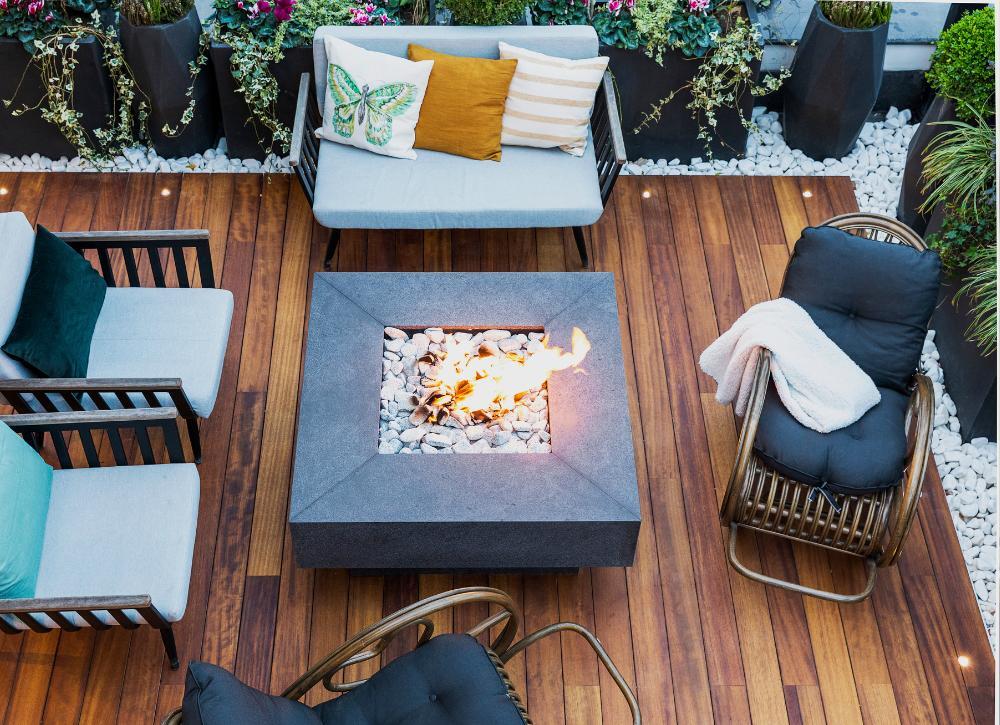
A surface deck makes for a good reno to cover up worn-out concrete or wood. Natural materials like wood make for good surface-level decking since they can maintain room temperature even during the cold season.
Unlike floating decks, which require a lot of materials, craftsmanship, and intense labor, surface decks are much easier to install since they rest directly on the ground.
If you have the budget for it, you can try surface decks made of rubber or composite. They are durable, resistant to rot and insect damage, and provide a safe surface to walk on. Always check the weather resistance of the material before installing, as it could be crucial to longevity.
8. Add Decorative Mulch
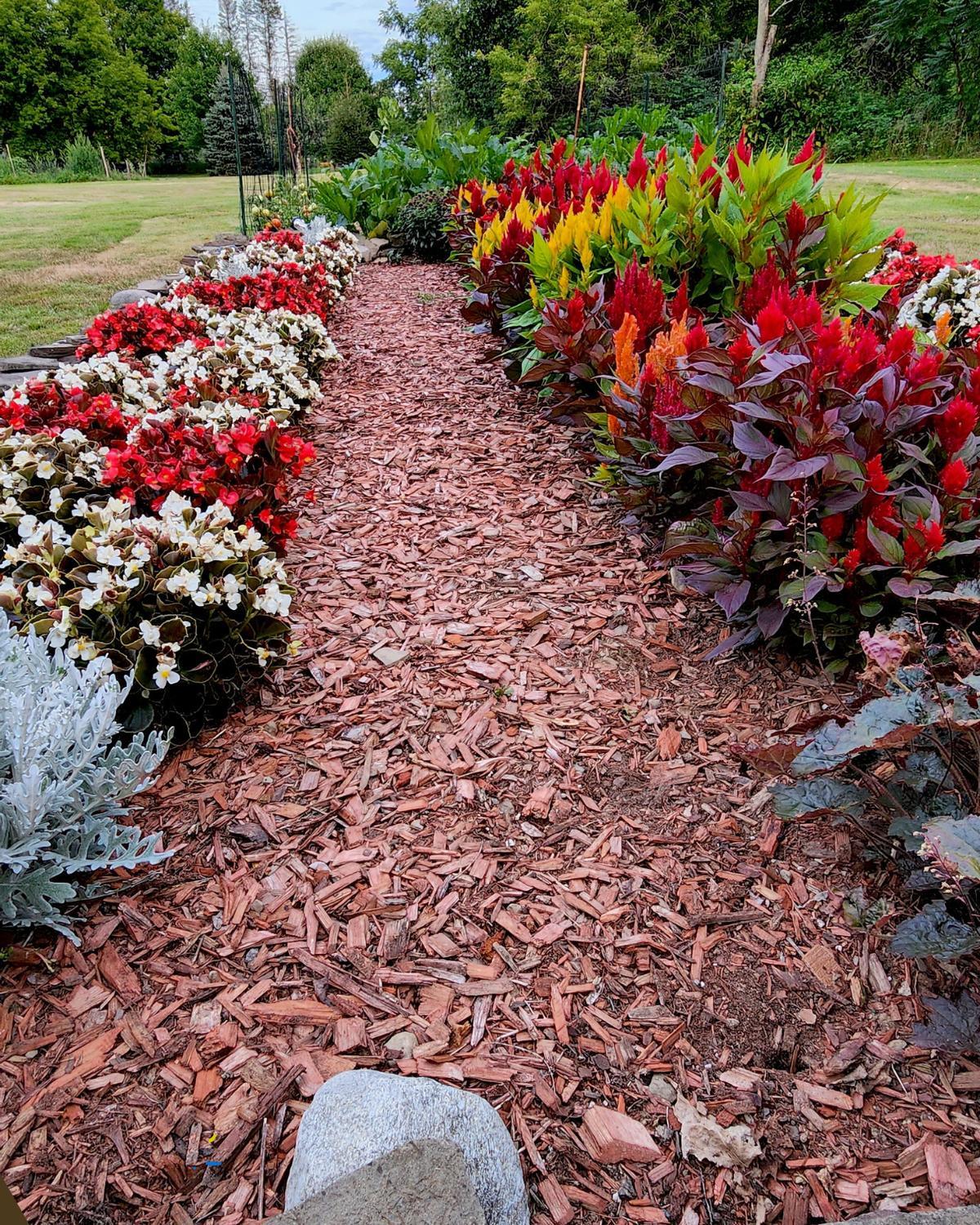
If you have ever come across a house on the market, then you might be familiar with decorative mulch. This seemingly simplistic element will take the curb appeal of your home a notch higher (or two!). The good thing about mulch is that it also doubles up as a ground cover, making your plants pop and keeping them well-hydrated for longer.
As with any other type of gardening, the correct type of mulch is essential to determine its effectiveness. I always prefer organic kinds, such as chipped or shredded wood bark, which blends in with the soil. You can also go for inorganic types, like pebbles, which last much longer, but why not revitalize the soil while doing your reno?
9. Add an Outdoor Rug
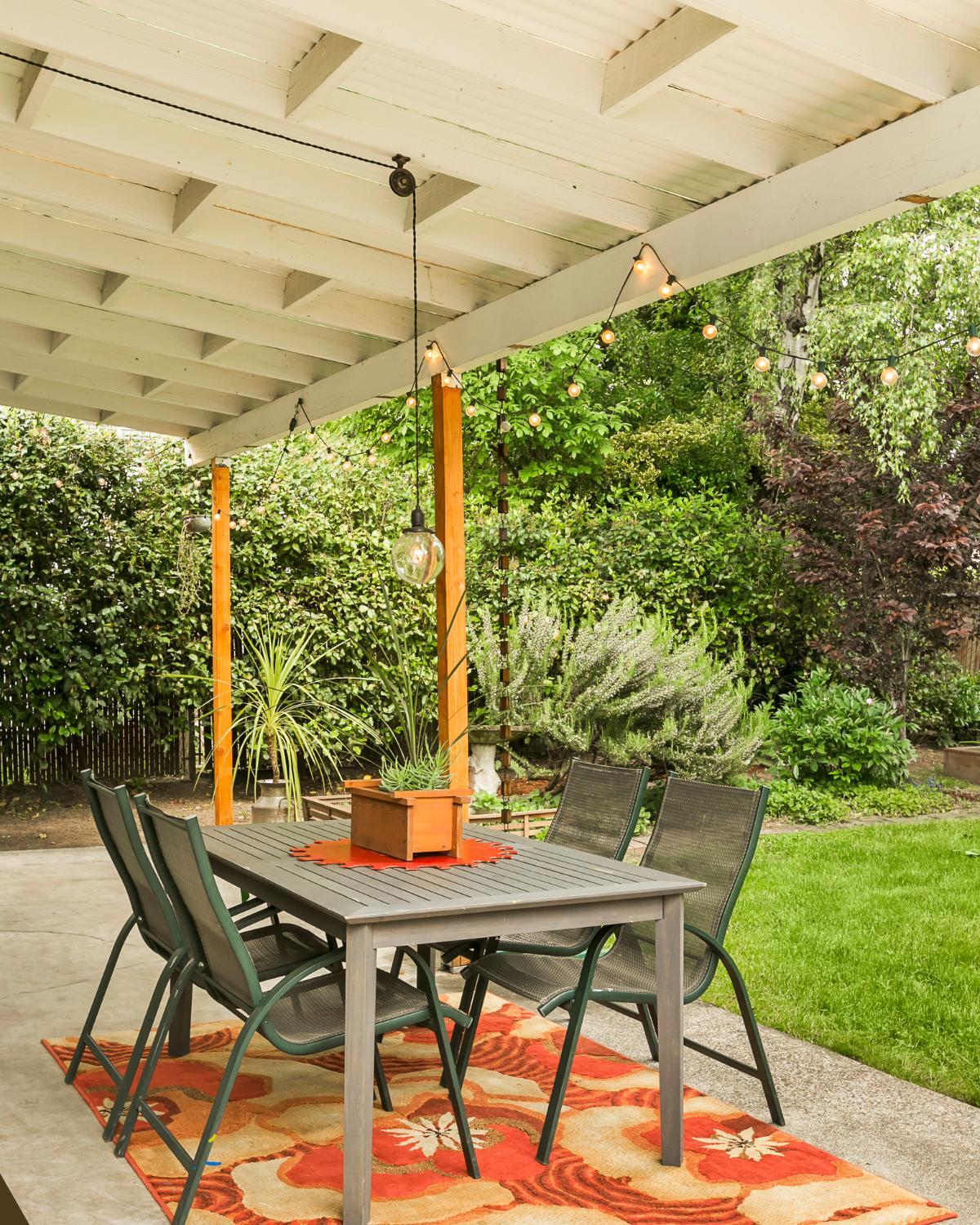
Rugs aren’t exclusively reserved for interior spaces; they can also make for a good disguise outdoors. If you have any chipped floors or a cracked concrete front, a rug may just be the perfect solution.
Don’t just place the rug in any place; tweak the space and make it functional. For example, if you have a cracked porch or patio floor, add a rug and make it a small family area.
Rugs made from durable, waterproof materials like polypropylene are best for outdoor areas. They can withstand adverse weather and come in various colors, adding a pop of color and style to your space.
10. Add Some Container Plants
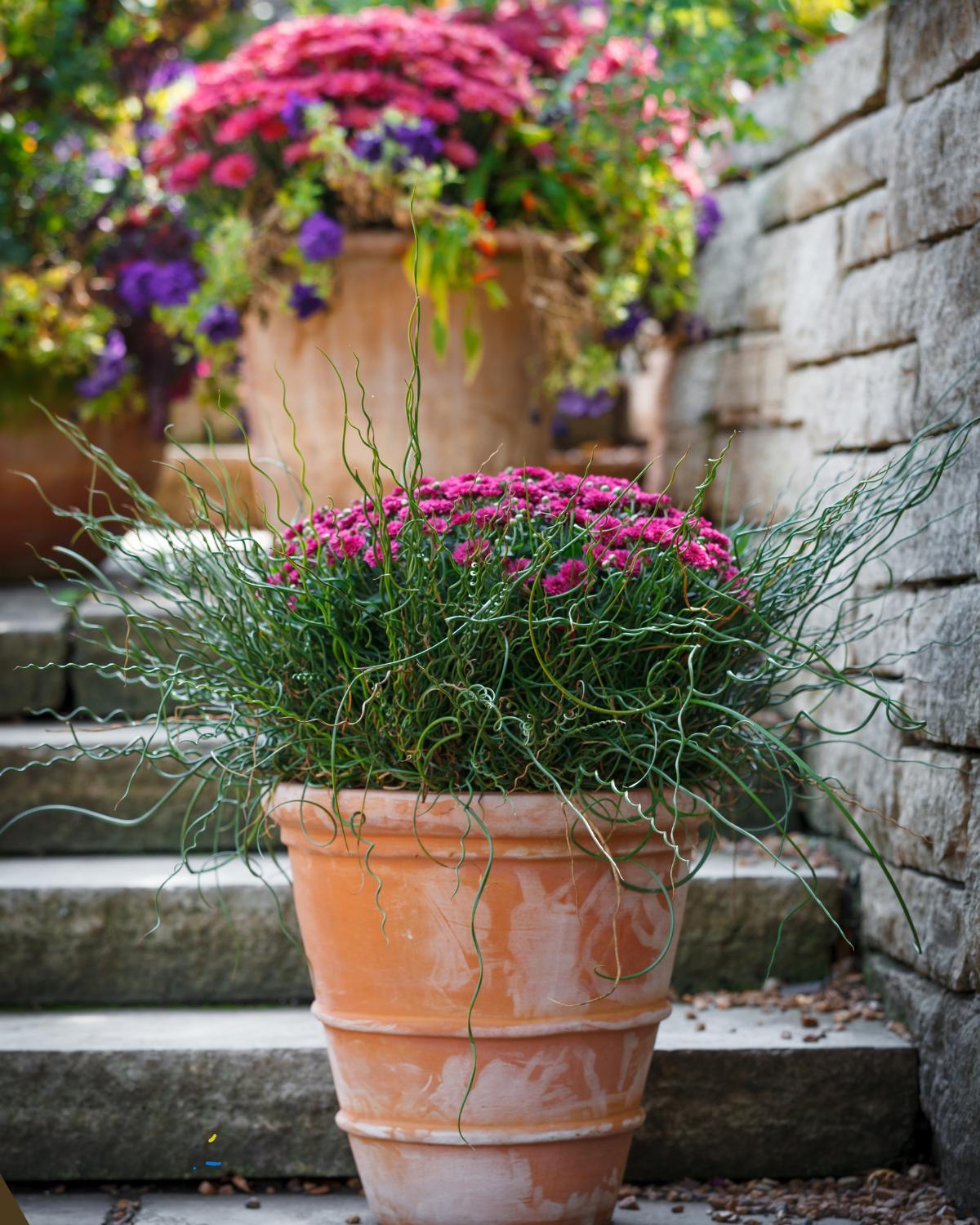
Container plants in the entryway are an instant attention grabber. They provide the greenery and charm that improves the visual interest of a space while livening it up.
What I like about these plants is that they provide color without needing a complete garden overhaul. Not to mention, they make good seasonal décor.
If you are going for containers for the front porch, go for planters that are large enough to make a visual impact but not too large to overwhelm the space. Try a symmetrical arrangement to make the space feel balanced and well-rounded.




